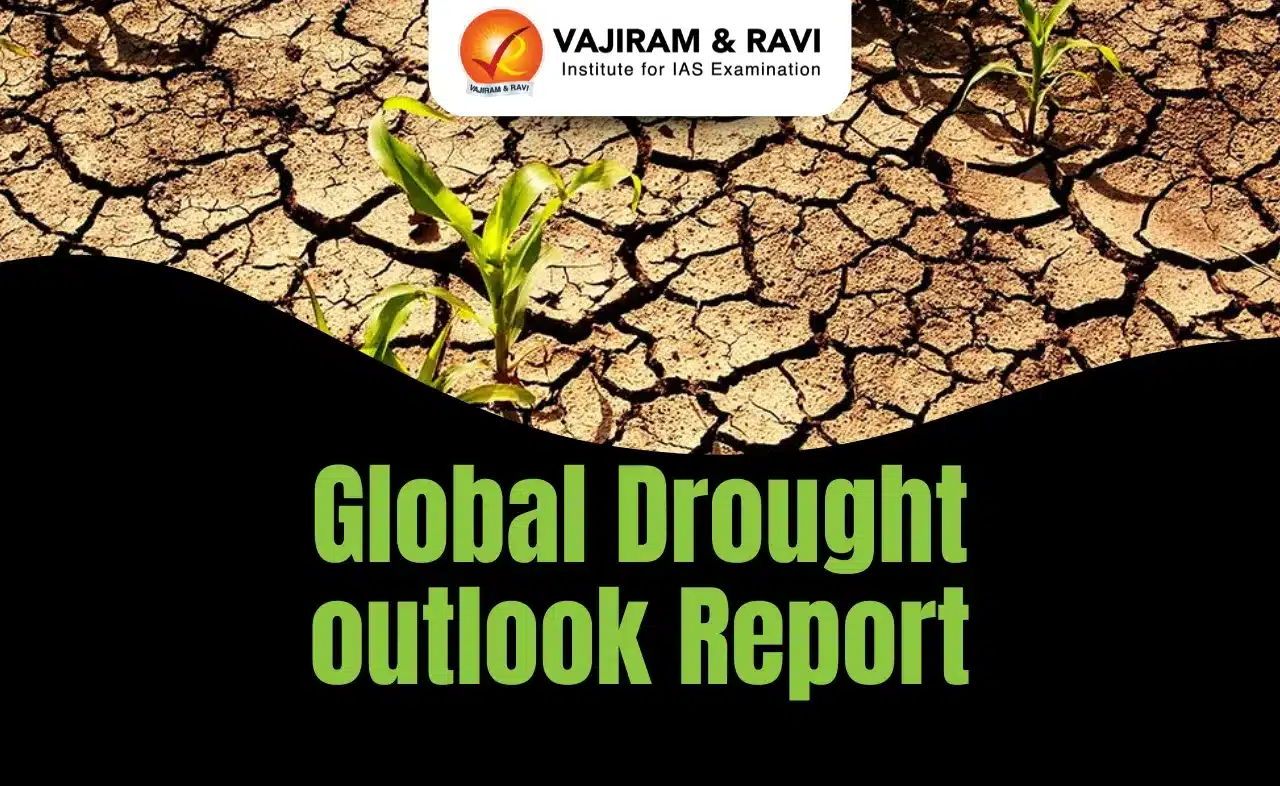About Venezuela:
- It is located on the northern coast of South America.
- It covers a total area of 916,445 sq.km (353,841 sq mi).
- Boundaries: It is bounded by the Caribbean Sea and the Atlantic Ocean to the north, Guyana to the east, Brazil to the south, and Colombia to the southwest and west.
- Capital: Caracas
- A physiographically diverse country, Venezuela incorporates the northern Andean Mountain chains and interior highlands, the main portions of the Orinoco River basin with itsexpansive Llanos (plains), Lake Maracaibo, which is the largest lake in South America, and the spectacular Angel Falls, the world’s highest waterfall.
- Major Rivers:
- Rio Negro (shared with Colombia and Brazil): 2,250 km. It is a major tributary of the Amazon River.
- Orinoco (shared with Colombia): 2,101 km. It is the third-longest river in South America, after the Parana and the Amazon.
- Venezuela administers a number of Caribbean islands and archipelagos, among which are Margarita Island, La Blanquilla, La Tortuga, Los Roques, and Los Monjes.
- Since the early 19th century, Venezuela has claimed jurisdiction over Guyanese territorywest of the Essequibo River, totaling some 53,000 square miles (137,000 square km)—nearly two-thirds of the land area of Guyana.
- Resources: Venezuela is home to the world’s largest oil reserves as well as huge quantities of coal, iron ore, bauxite, and gold.
- Languages: Spanish (official) 98.2%, indigenous 1.3%, Portuguese 0.1%, other 0.4% (2023 est.)
- Currency: Venezuelan bolívar
Q1: What is a Glacier?
A glacier is a large mass of ice that forms over time from the accumulation and compaction of snow in areas where the snowfall exceeds its melting rate. Glaciers are found in cold regions, typically in polar regions or high-altitude mountainous area.
Source: How did Venezuela’s Humboldt glacier shrink to an ice field?
Last updated on June, 2025
→ UPSC Notification 2025 was released on 22nd January 2025.
→ UPSC Prelims Result 2025 is out now for the CSE held on 25 May 2025.
→ UPSC Prelims Question Paper 2025 and Unofficial Prelims Answer Key 2025 are available now.
→ UPSC Calendar 2026 is released on 15th May, 2025.
→ The UPSC Vacancy 2025 were released 1129, out of which 979 were for UPSC CSE and remaining 150 are for UPSC IFoS.
→ UPSC Mains 2025 will be conducted on 22nd August 2025.
→ UPSC Prelims 2026 will be conducted on 24th May, 2026 & UPSC Mains 2026 will be conducted on 21st August 2026.
→ The UPSC Selection Process is of 3 stages-Prelims, Mains and Interview.
→ UPSC Result 2024 is released with latest UPSC Marksheet 2024. Check Now!
→ UPSC Toppers List 2024 is released now. Shakti Dubey is UPSC AIR 1 2024 Topper.
→ Also check Best IAS Coaching in Delhi
























